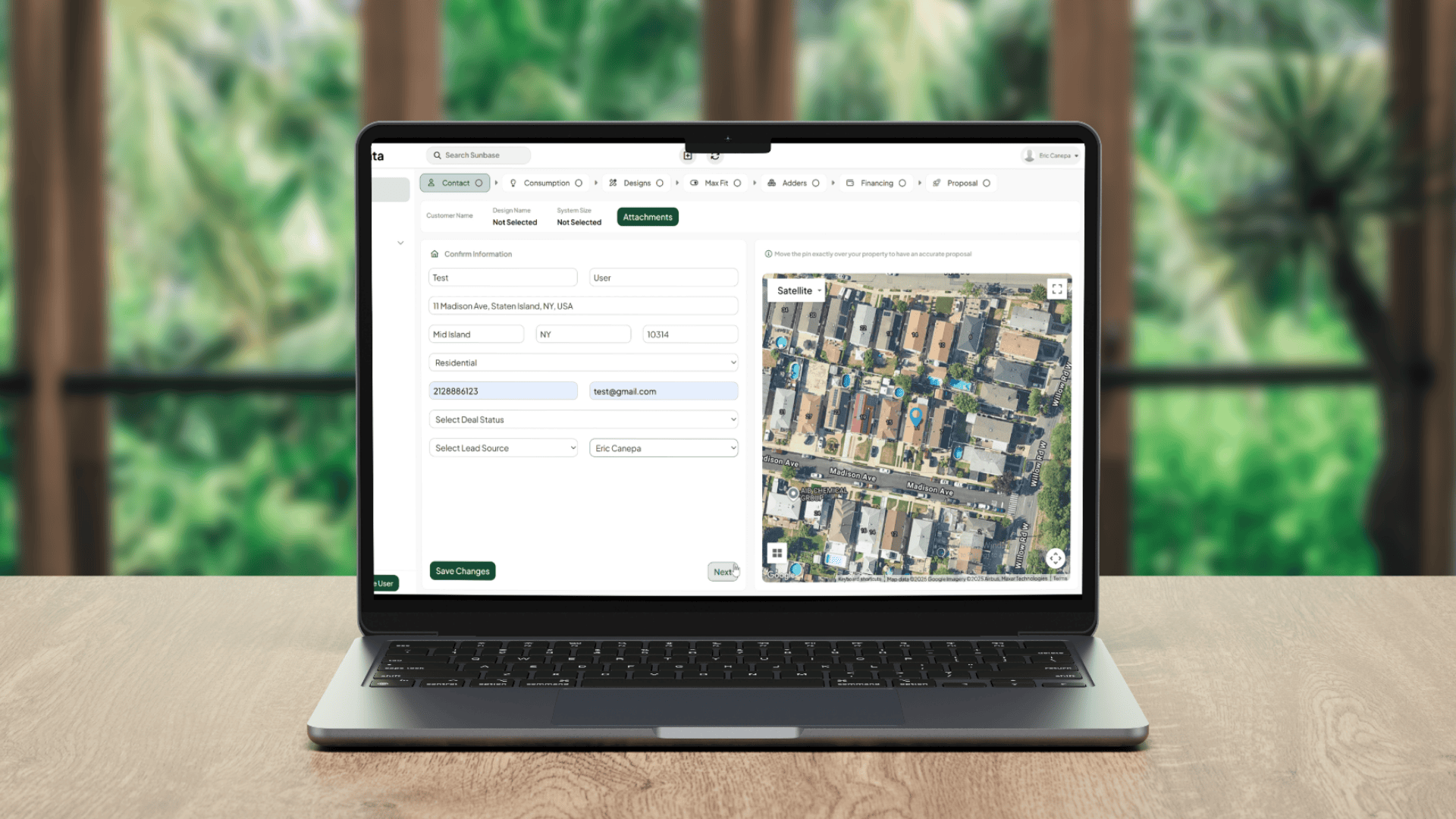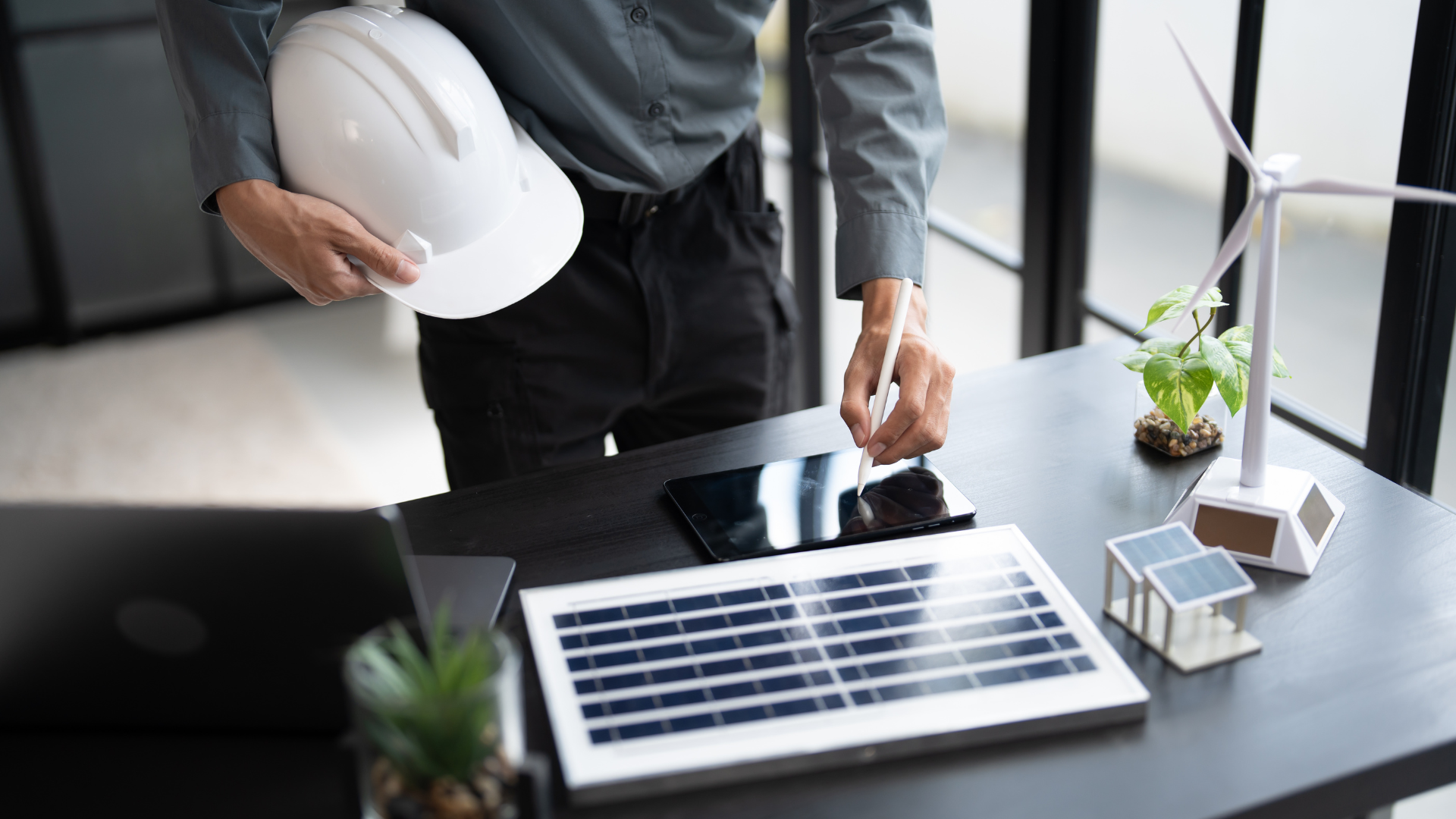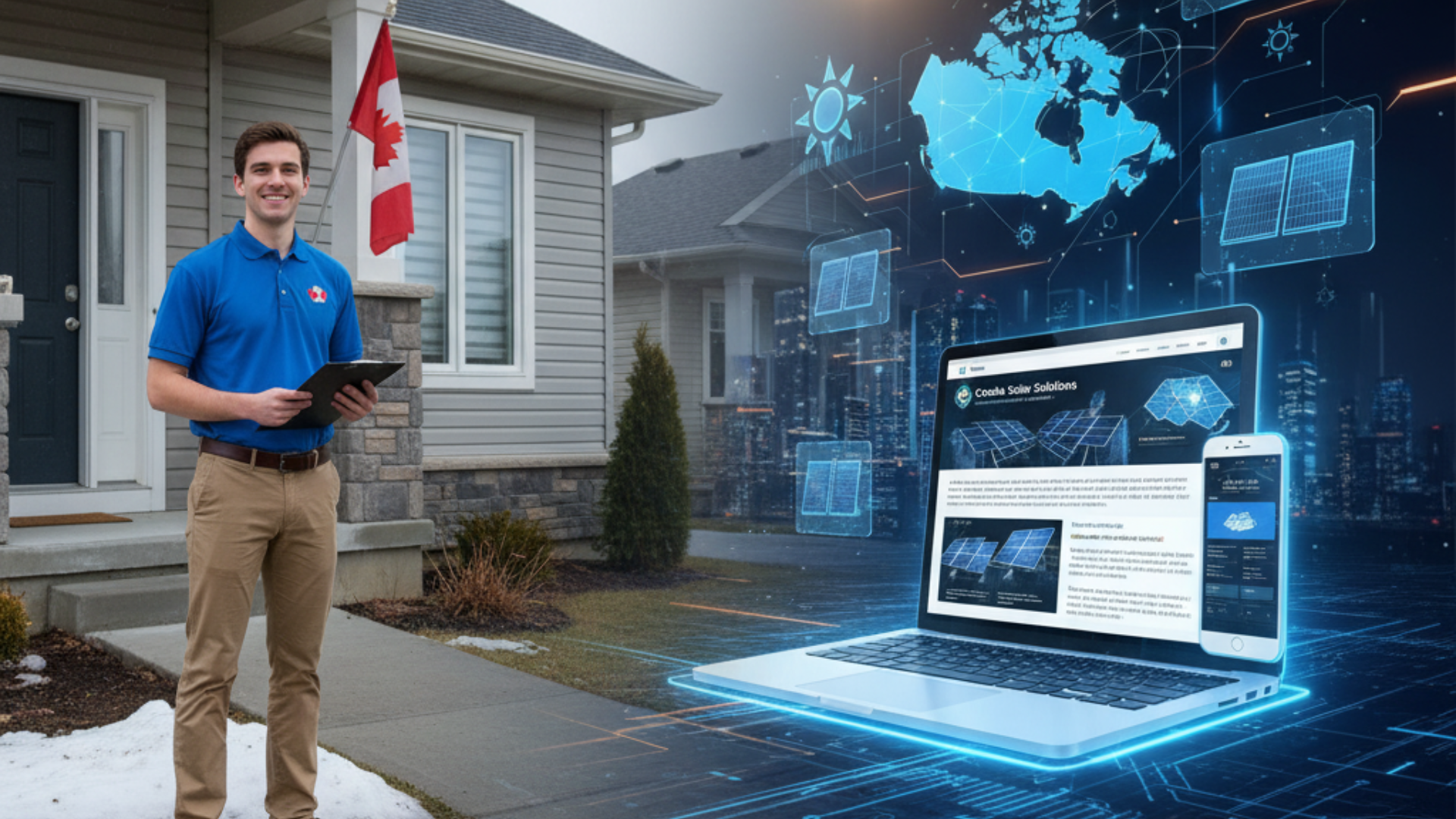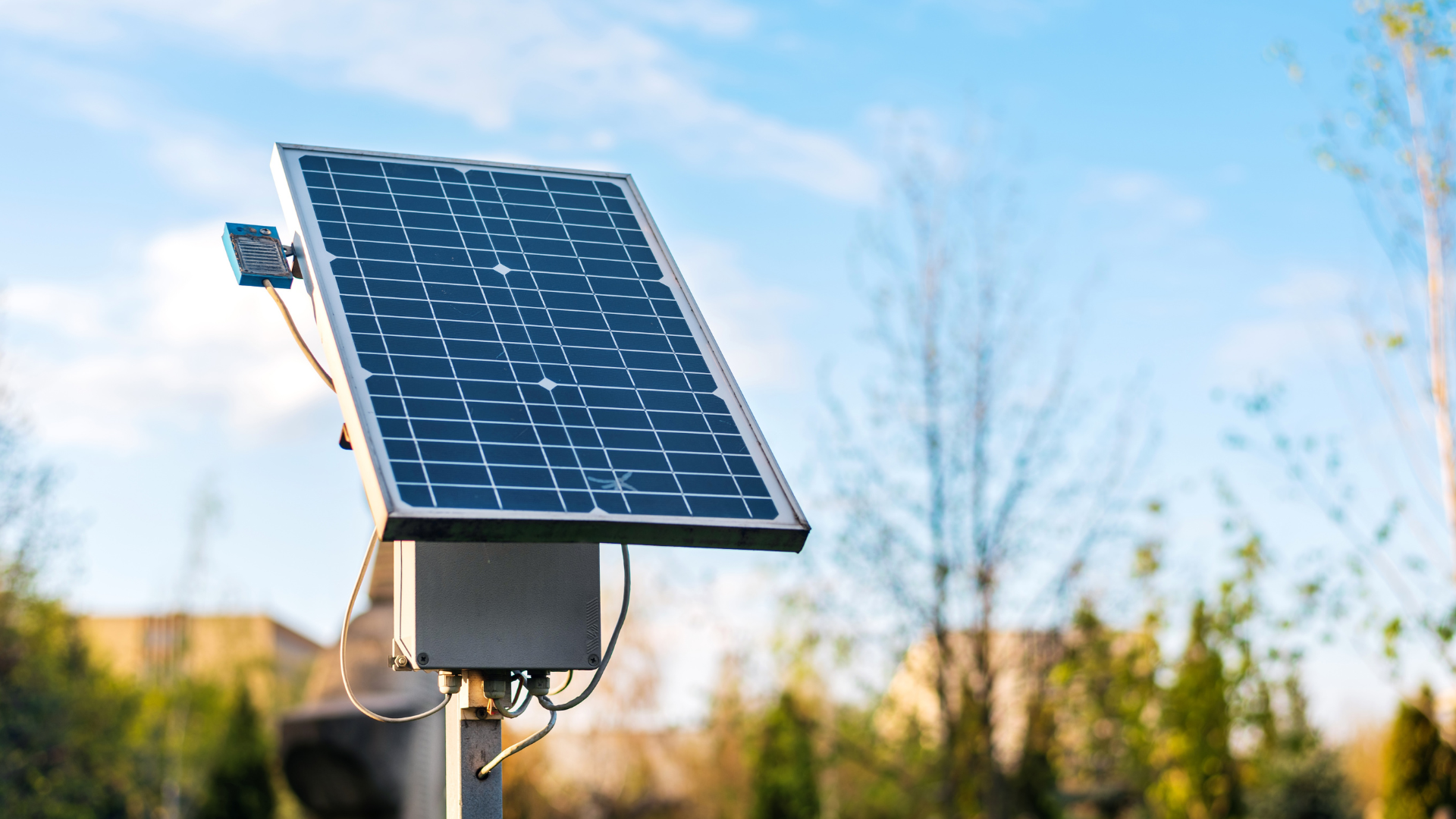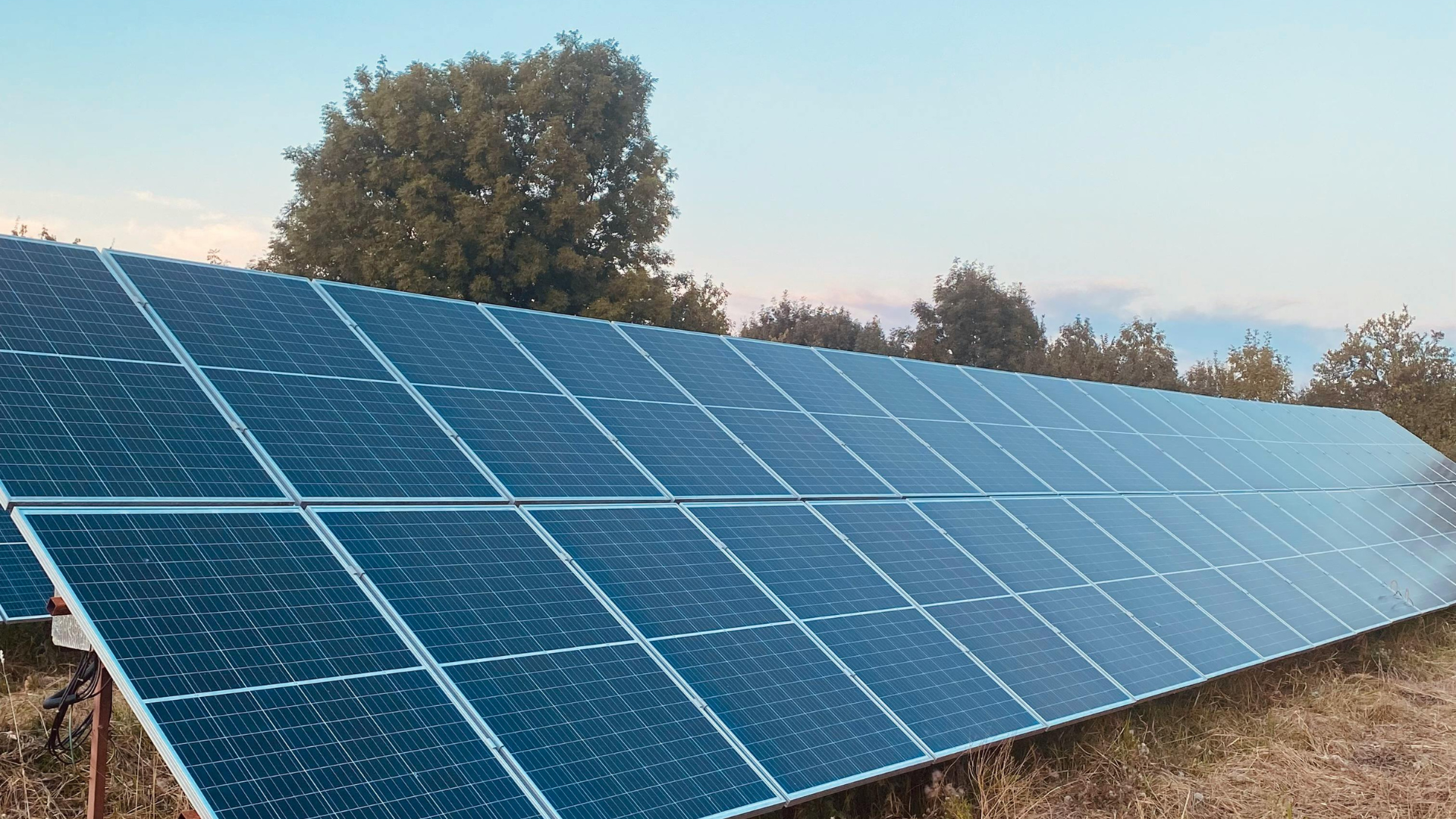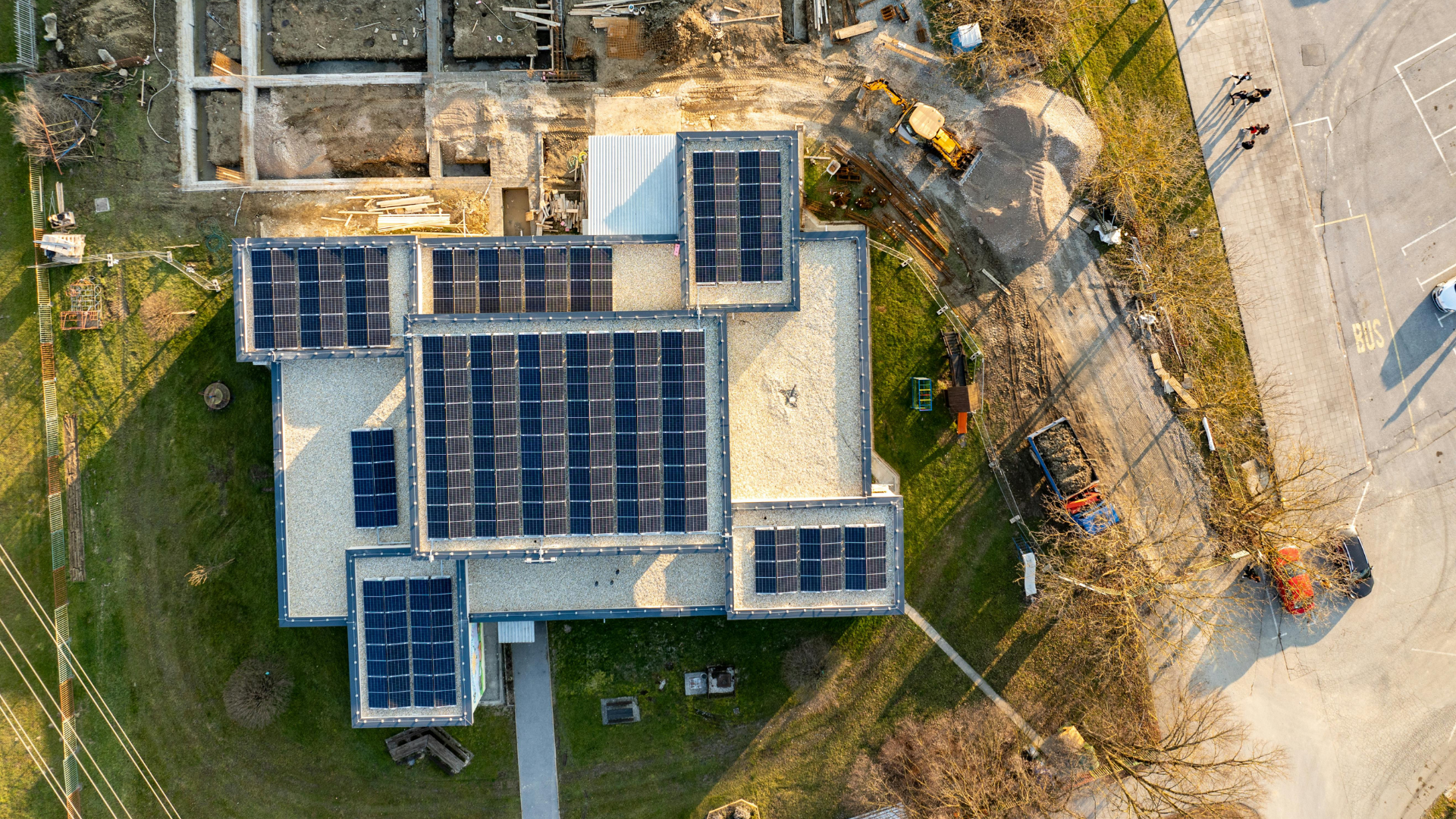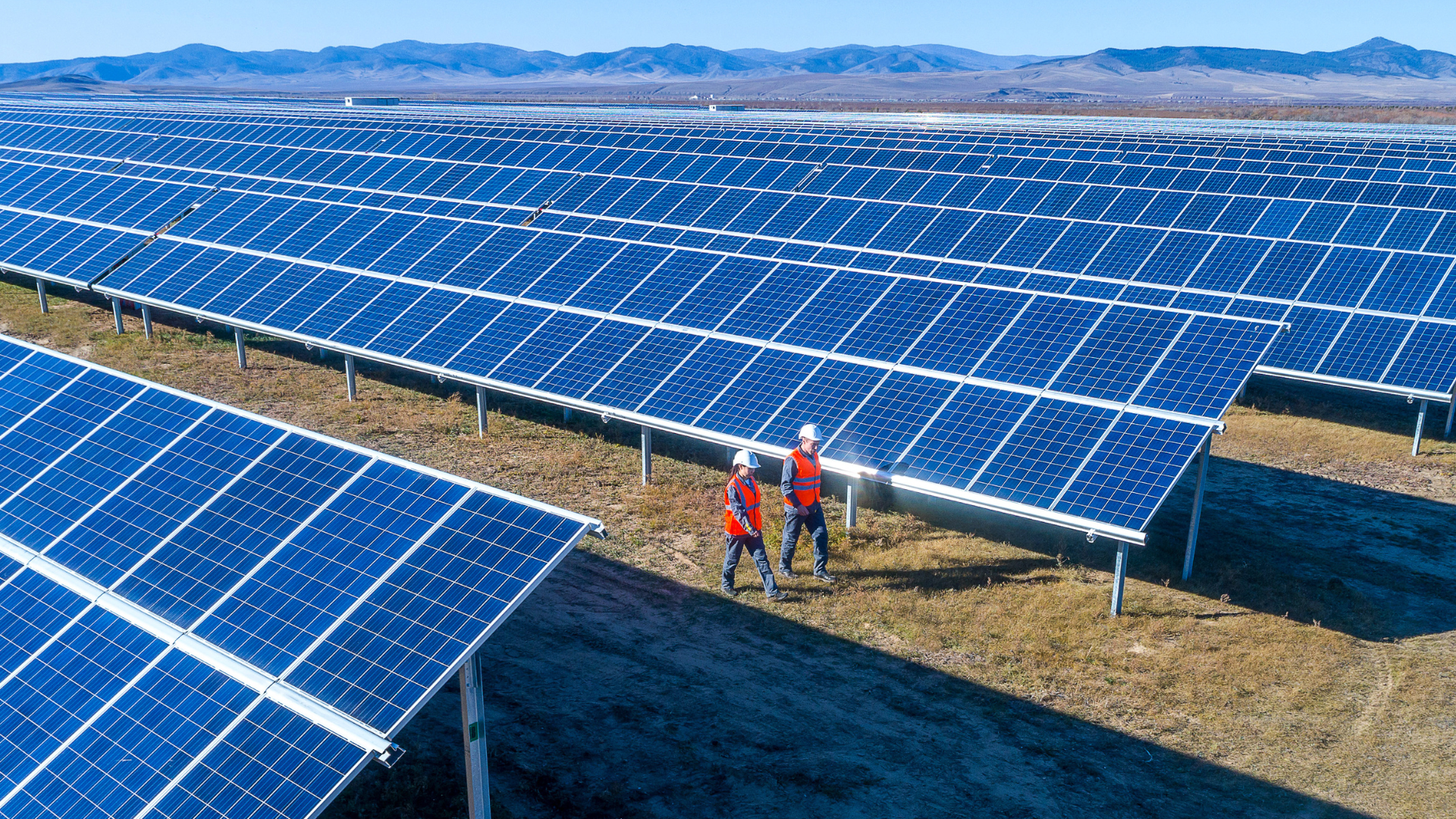October 3, 2022
How does sizing a solar system work?
Most homes and businesses use more electricity during daylight hours than at night. This is especially true in the summer when air conditioning usage increases.
Solar photovoltaic (PV) systems can take advantage of this daily cycle by generating electricity during the daytime when solar radiation is strongest. The electricity produced by the PV system can either be used on-site, or it can be fed back into the utility grid for a credit.
In order to maximize the benefits of a PV system, it is important to determine the optimum system size that will best meet your needs.
If you are considering switching to solar, you may want to consider investing in energy-efficient appliances and making other changes to reduce your electricity consumption.
Solar PV System Analysis in addition to analyzing your utility bills, you will also need to take into account the physical constraints of your home or business when sizing a PV system.
How do I calculate what size solar system I need?
When considering a solar system for your home or business, you'll need to keep a few key factors in mind in order to ensure that the system is properly sized.
These include:
- The amount of energy your business uses on a daily basis
- The amount of space available for installing solar panels
- The angle and orientation of the roof or ground where the panels will be installed.
- The climate conditions at the site (sunny, cloudy, etc.)
By taking all of these into account, you can then determine the number and type of solar panels needed to generate the desired amount of power.
Visit Sunbase for all the tools and resources required to help with this process, or you can reach out to our team to demo our solar software!
Factors to consider for Sizing Solar System
When considering a solar system for your business, you'll need to keep a few key factors in mind in order to ensure that the system is properly sized.
These include:
- How much solar energy your business uses on a daily basis?
- How many solar panels do you need to install?
- The amount of space available for installing solar panels
- The angle and orientation of the roof or ground where the panels will be installed
- The climate conditions at the site (sunny, cloudy, etc.)
By taking all of these into account, you can then determine the number and type of solar panels needed to generate how much solar power is desired.
What are the Benefits of sizing a solar system?
Size Matters – Benefits Of Sizing A Solar System
It shouldn’t come as a surprise that solar panels need to be the right size in order for your system to function properly.
If they’re too small, your system won’t produce enough power. If they’re too big, you might end up wasting money on solar panels that you don’t need.
That’s why sizing a solar system is so important – because it ensures that you get the most bang for your buck.
Here are some of the benefits of sizing a solar system:
You Get The Right Amount Of Power
This is probably the most obvious benefit of sizing a solar system.
If your system is too small, it won’t produce enough power to meet your needs.
If it’s too big, you’ll be wasting money on solar panels that you don’t need.
Sizing a solar system ensures that you get the perfect amount of power for your needs.
Maximize Efficiency
Another benefit of sizing a solar system is that it can help to maximize the efficiency of your system.
If your solar panels are too small, they won’t be able to absorb all of the sunlight that hits them, which will lead to lost energy.
On the other hand, if they’re too big, they might not get enough sunlight because they’ll be shaded by trees or buildings.
Sizing a solar system ensures that your panels are the perfect size to absorb the maximum amount of sunlight.
Minimize Cost
Sizing a solar system can also help to minimize the cost of your system. If you have a small system, you won’t need as many solar panels, which will save you money.
If you have a large system, you might be able to get discounts on bulk orders of solar panels.
Sizing a solar system can help you find the perfect balance between cost and power production.
Reduce Environmental Impact
Finally, sizing a solar system can also help to reduce the environmental impact of your system.
If your system is too small, it won’t produce enough power to offset your energy consumption.
On the other hand, if it’s too big, you’ll be producing more power than you need, which will go to waste.
Sizing a solar system ensures that your system is the perfect size to minimize your environmental impact.
As you can see, there are many benefits that come with sizing a solar system.
If you’re considering solar power for your home or business, be sure to have a professional size your system so that you can take advantage of all of these benefits.
How do I measure a solar power system correctly?
You need to take a few measurements to get an accurate idea of the size of the solar power system you'll need. Here's what you'll need to do:
Determine the number of solar panels
Determine the number of solar panels you'll need by taking your total square footage and dividing it by the number of square feet that a typical solar panel covers. This will give you a rough estimate of the number of panels you'll need.
Calculate the Angle of roof
Next, you'll need to calculate the angle of your roof. If your roof is flat, this step isn't necessary. However, if your roof has an incline, you'll need to factor that into your calculations.
Average Daily Energy Usage
Finally, determine your average daily energy usage. This number will help you determine how much power your system needs to generate.
Sun Hours Per Day
The average "sun-hours per day" is a measurement of how much sunlight will hit a given spot on Earth during the daytime.
It's important to understand this number when you're planning to install a solar power system because the amount of sunlight your panels receive will directly affect how much electricity they generate.
You can find the sun-hours per day for your area by checking online resources or contacting your local utility company.
Solar Panel Output:
Once you know how many sun hours per day your location gets, you can estimate the output of your solar panel system. To do this, simply multiply the number of sun hours by the wattage rating of your chosen solar panel.
This will give you a rough estimate of how much electricity your system can generate in a day.
For example, if you live in an area that gets five sun hours per day and you have a solar panel with a wattage rating of 150 watts, your system would produce 1000 watts per day (150 watts x five sun hours).
Keep in mind that the size of the system required will vary depending on your specific situation.
Therefore, it's important to get accurate measurements before making a sale. With a little bit of planning, you can find a solar power system for your customer that meets their needs and helps them save money on their energy bill.
Ways to Calculate Solar System Sizing
If you're installing solar array system for homes and businesses, one of the first things you'll need to do is figure out how big of a system you'll need.
There are a few different ways to go about this, and we've listed some of the most widespread methods below:
Past Energy Usage
One way to calculate solar system sizing is by using past electricity usage. You can usually find this information on the utility bills of the house or business you are carrying out the installation.
You can use the formula, take the amount of energy the house or business has used up over the past year, and then divide that by the number of kWhs produced by a solar panel in your area.
This will give you a good estimate of how many panels you'll need to offset energy usage.
Square Footage
Another way to calculate solar system sizing is by looking at the place's square footage.
For example, A typical residential solar system is around 200 square feet, hence this can be the starting point for figuring out how many panels you'll need to install.
Keep in mind that the actual amount of space required may be more or less depending on the efficiency of the panels you choose and other factors such as shading.
Solar Insolation
Solar insolation is a measure of how much sunlight an area receives. You can use this information to figure out how many panels you'll need in your system. The amount of insolation will vary depending on your location, so be sure to check for data specific to where you live.
These are just a few of the ways you can calculate solar system sizing. Talk to a solar professional like Sunbase to get a more accurate estimate of what size system you'll need for your home.
No matter which method you use, calculating the size of your solar system is an important first step in going solar.
Be sure to consult with a solar professional to get the most accurate estimate for your home. Going solar is a big decision, but it's one that can save you money and help the environment.
The best method to calculate solar system sizing is by using Sunbase solar design software. What is it? Let's discuss it now!
Sunbase Solar Design Software
In order to determine the right size or the average, monthly kWh usage, solar panels cost, etc., you will require the right platform that helps you with all this and more.
Sunbase solar design software is the solution to all your issues, Solar panel designs are not simple. Solar PV systems require great concentration and detailing when designing.
With the best project analysis techniques, you can make seamless solar designs that are not possible with any other software.
Our detailed single-line demonstrations are easily interpretable and the smooth system design at the end feels like your hard work translated from picture word to word.
We provide various tools like the following to facilitate ease of solar installation:
- TOOLS FOR PV SYSTEM PRODUCTION OFFSET & FINANCIALS
- TOOLS FOR SELECTING PV ARRAY LAYOUTS & POSITIONING
- TOOLS FOR REMOTE ROOFTOP DESIGNS
- TOOLS FOR INCLUDING ADDERS TO DESIGNS
- TOOLS FOR MANAGING SOLAR DESIGNS
- TOOLS FOR WORKING WITH OTHER DESIGN PROGRAMS LIKE AURORA, HELIOSCOPE, ETC.
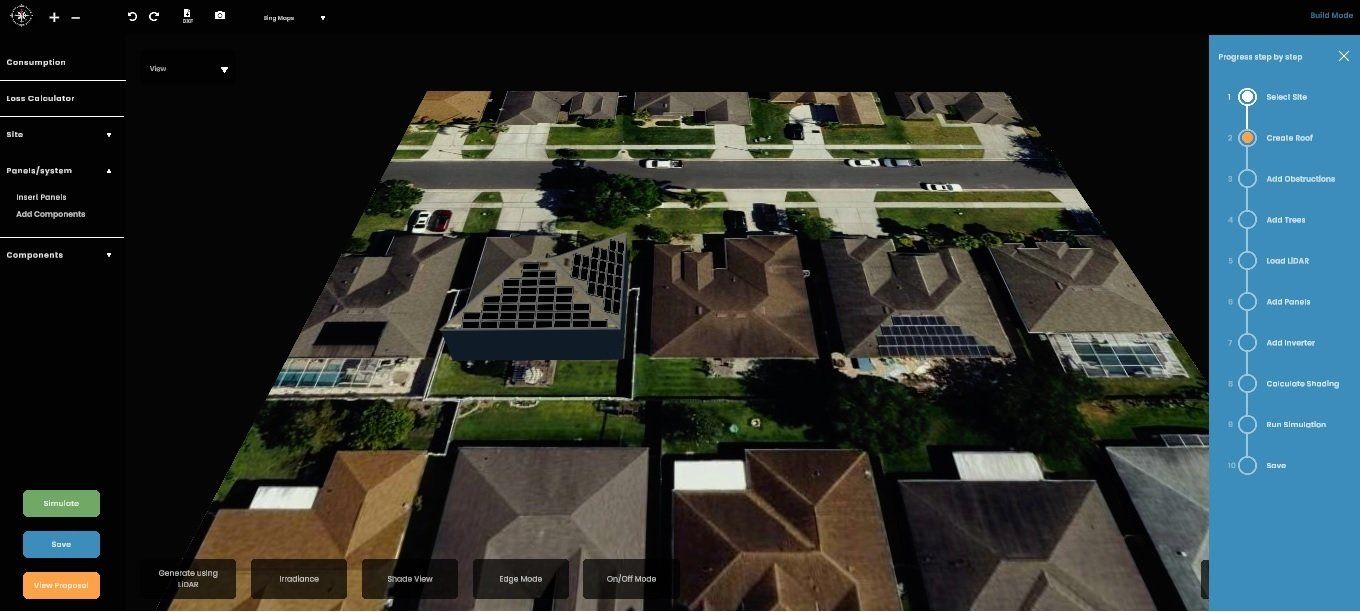
Conclusion
So, what is the right size for your solar system? How do you determine solar panel output efficiency? Best way is to use Sunbase Solar Designer Software.
Book a demo today with Sunbase!
One Platform. Zero Chaos. Run Your Entire Business in One Place.
Sunbase replaces your CRM, proposals, scheduling, job tracking, and reporting tools — all inside one clean, connected platform.
About Sunbase
The All-In-One Platform to Run Your Entire Business
Sunbase helps you organize operations, streamline daily workflows, and manage everything - from first customer contact to final project deliver- in one connected system.
Our Mission
- Organize your business.
- Optimize your workflow.
- Automate what slows you down.
Why Businesses Choose Sunbase
One Connected Workflow
Replace scattered tools and manual processes with a single platform that brings together your team, tasks, customers, jobs, and performance data.
🌎 Global Presence
Serving the United States, Canada, India, LATAM, Australia, and 10+ international markets.
👥 11,000+ Users
Trusted by contractors, installers, project managers, sales teams, and field technicians.
🏗️ Built for All Sizes
From small contracting teams to fast-growing enterprises, Sunbase adapts to your workflow.
Useful Links For You
Stop Managing Your Business Manually. Automate It.
Sunbase automates workflows, reduces mistakes, and helps your team get more done - without hiring extra staff or juggling multiple tools.



